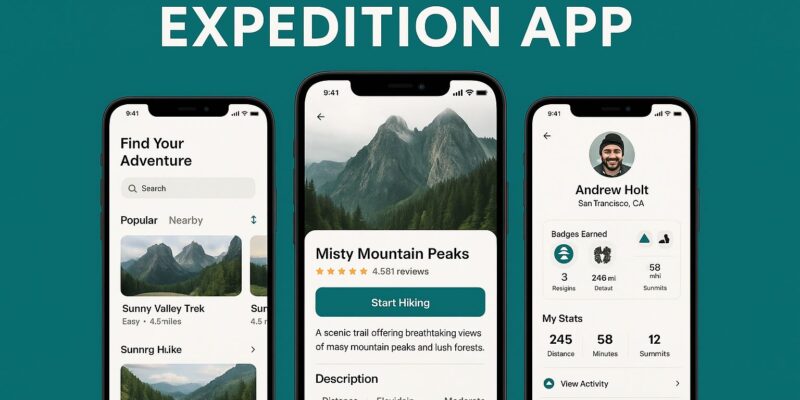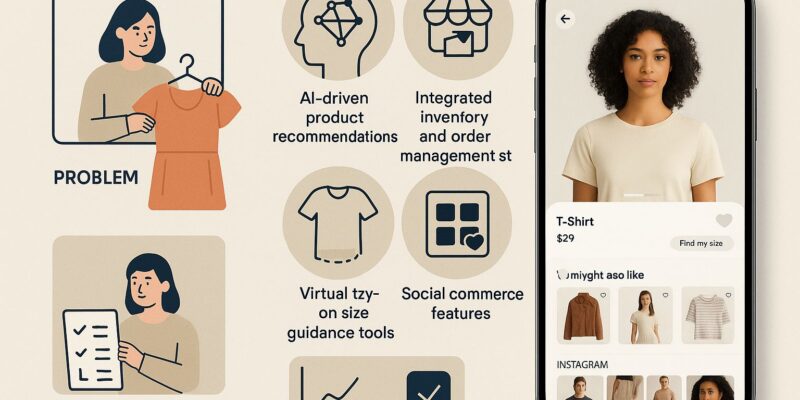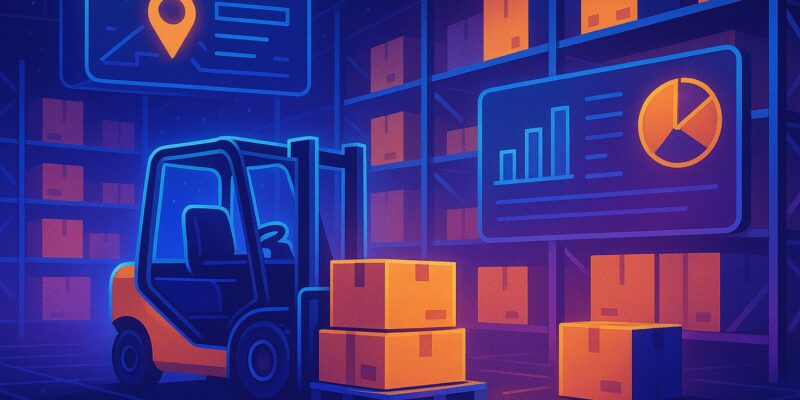Back in 2022, we teamed up with a regional logistics firm that had expanded quickly, maybe a little too quickly. Their trucks were crisscrossing five states, business was pouring in, and from the outside, everything looked solid. But dig a little deeper, and the cracks were obvious. Drivers were still logging mileage by hand. Dispatch was juggling a mess of Excel sheets. And delivery updates? Those came through endless phone calls. They weren’t short on work; they were just stuck in a system that couldn’t keep up.
The Problem
Despite moving over 500 deliveries a day, they lacked real-time tracking. Customers had no way of knowing where their packages were. Drivers constantly called dispatch for directions. Fuel costs kept increasing, and returns were rising because of missed or late deliveries. Management knew they needed to modernize, but did not want to overhaul their entire IT setup. They just needed a single tool that could fit into their existing flow and make things work.
Our Solution
We proposed building a lightweight, Android-based mobile app, designed for their drivers and dispatch team.
Here’s what the app did:
- Real-time GPS tracking: Every truck could now be tracked live. Customers received live updates on delivery status, while the operations team could monitor movement without endless phone calls.
- Route optimization: Drivers received the best routes based on traffic and delivery priority. The app pulled live traffic data to adjust in real time.
- Digital proof of delivery: Instead of signing paper receipts, customers signed on the driver’s phone. Instant uploads reduced delivery disputes and paperwork errors.
- Driver check-ins: At each key stop (warehouse, delivery point), drivers used the app to log updates. This created a live timeline visible to the dispatch team.
- Fuel logging: Drivers could enter fuel refills into the app, creating a clearer picture of fuel usage and identifying cost-saving opportunities.
Results Within Six Months
The transformation was fast and measurable:
- On-time delivery rates improved by 42%
- Customer complaints dropped by 60%
- Fuel efficiency improved by 18%
- Operational costs went down by 25%
Most impressively, the app paid for itself in under five months. ROI came not just from savings, but from new clients. Once customers experienced real-time updates and digital PODs, they started recommending the company more. Engagement went up from users and drivers. They reported fewer frustrations.
What This Proves
You don’t need a massive enterprise setup to turn things around. In logistics, even a simple mobile app, built with the people on the ground in mind, can make a world of difference. When drivers have the right tools, and dispatch isn’t chasing updates, everything runs smoother. Trust builds. Costs drop. And suddenly, you’re not putting out fires every day. Sometimes, all it takes is one smart screen to get the whole operation back on track.




